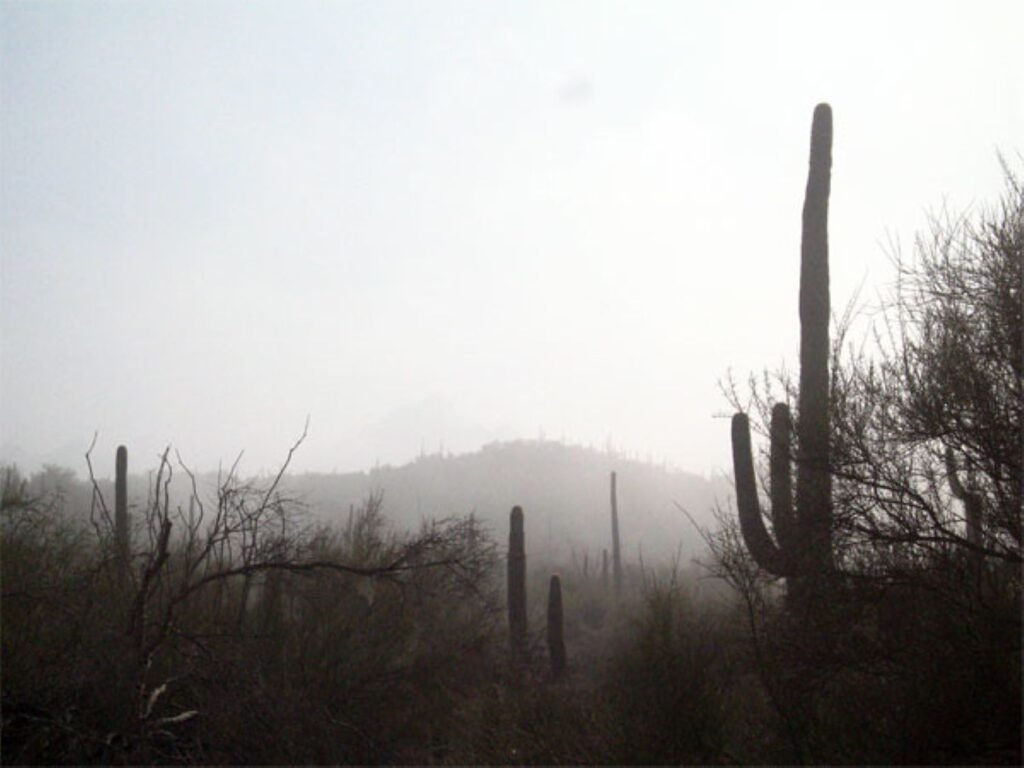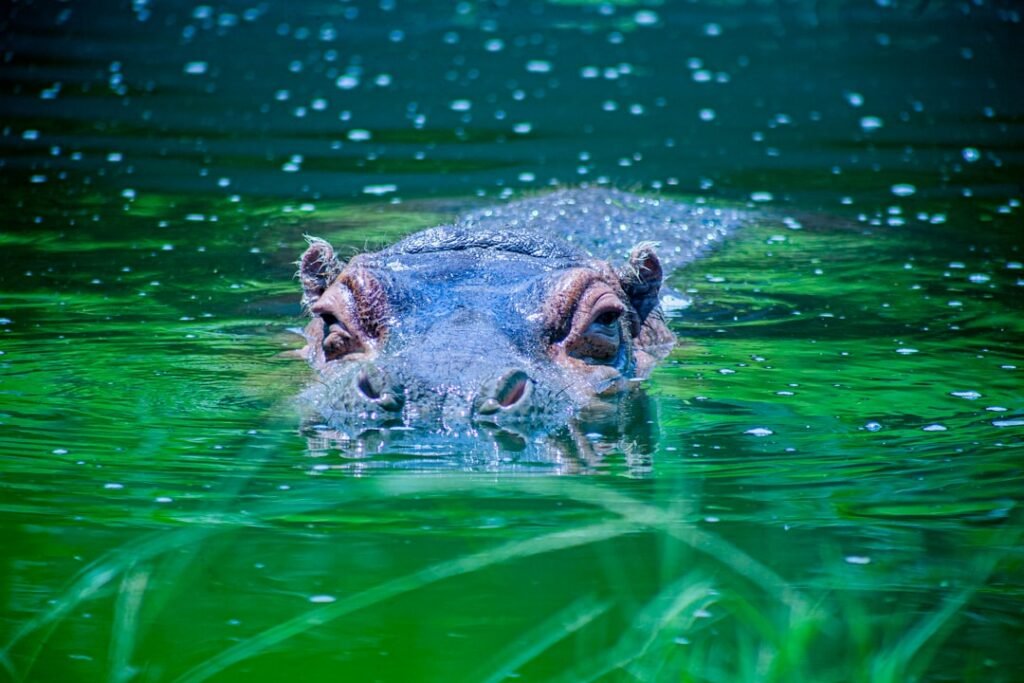Michigan’s rarest songbird was once a ghost of the jack pine barrens, so scarce that many experts feared a silent future. Instead, the Kirtland’s warbler staged one of North America’s most remarkable recoveries, riding decades of gritty, science-driven stewardship. The story isn’t a neat upward line – 2025 brought a sobering dip in breeding pairs – but the bird’s footprint has undeniably spread. New territories have appeared beyond the historic core, and managers are pivoting fast to keep that progress real. This is a comeback forged by chainsaws, seedlings, and stubborn optimism – and now, by adaptive decisions made in real time.
The Hidden Clues
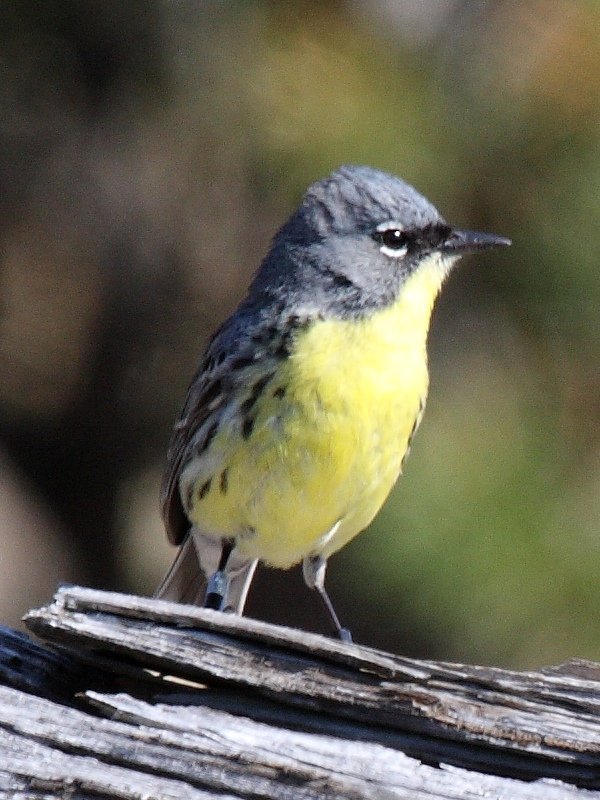
Range expansion doesn’t always look like a headline; sometimes it’s a single warbler singing where no one expected it. A few years ago, surveyors documented birds in the Manistee National Forest for the first time in decades, a small but electrifying sign that suitable habitat patches were resurfacing outside the usual strongholds. That moment signaled more than novelty – it showed the species testing new edges, sampling fresh stands, and rediscovering old ground. I remember standing on a sandy two-track near Grayling and hearing that bright, ringing song slice through the hush; it felt like a door opening. Those “firsts” hint at a broader pattern of exploration and resilience across Michigan’s landscape.
Even with this spread, the bird remains choosy to a fault, keying into very specific habitat structure. When those ingredients line up – dense young jack pines, open floor, protective low branches – the warblers appear like sparks in dry tinder. They push into the Upper Peninsula and scattered Lower Peninsula pockets, sewing a patchwork of occupancy across public lands. It’s expansion by inches, but inches matter when a species once hung by a thread. The map of Michigan’s warblers is no longer a single circle; it’s a constellation taking shape.
From Brink to Bounce-Back
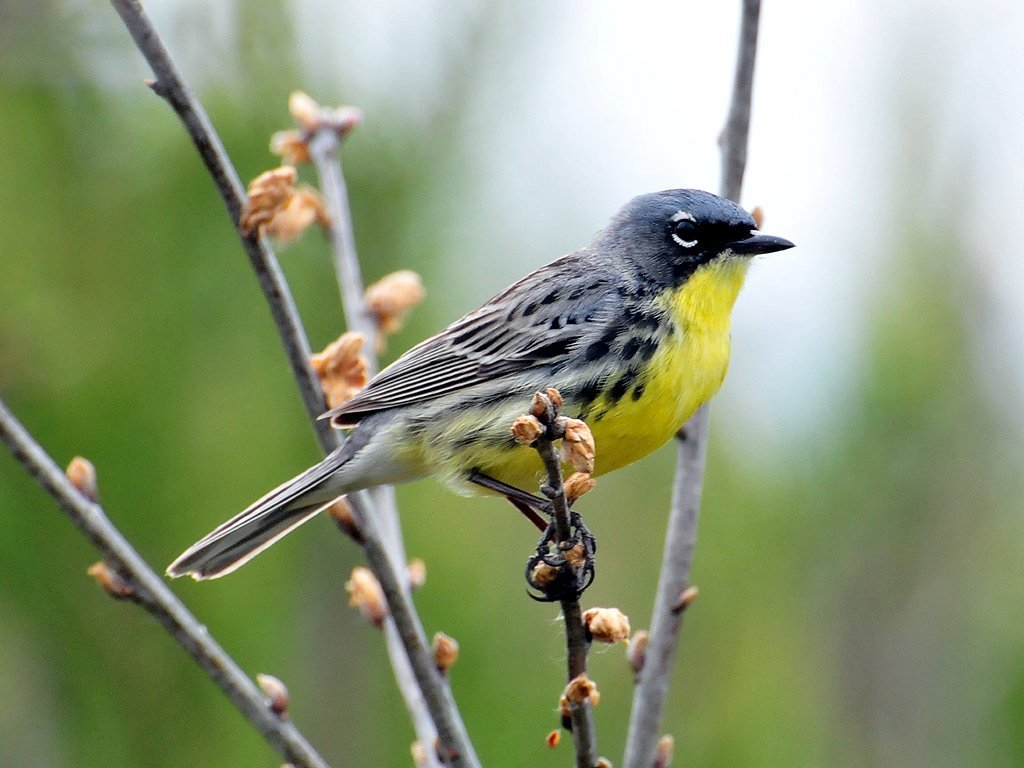
The arc from near-extinction to recovery is bluntly measurable. The population bottomed out in the late twentieth century, hammered by habitat loss and a brood parasite that hijacked nests. Intensive, hands-on management reversed that spiral: managers built habitat at landscape scales and suppressed parasitism, and the birds responded. By 2019, federal officials removed the Kirtland’s warbler from the Endangered Species Act list – an extraordinary conservation milestone driven by long-term collaboration.
Recovery, though, is not a finish line; it’s a management commitment. After delisting, agencies shifted to a post-recovery playbook designed to maintain habitat rotations and monitor numbers closely. The expansion into new Michigan locales was part proof of concept, part warning label that vigilance must continue. Today’s adaptive work – harvest schedules, replanting designs, and survey cadence – flows from that lesson. The bird’s bounce-back was earned; its future will be managed.
From Ancient Tools to Modern Science
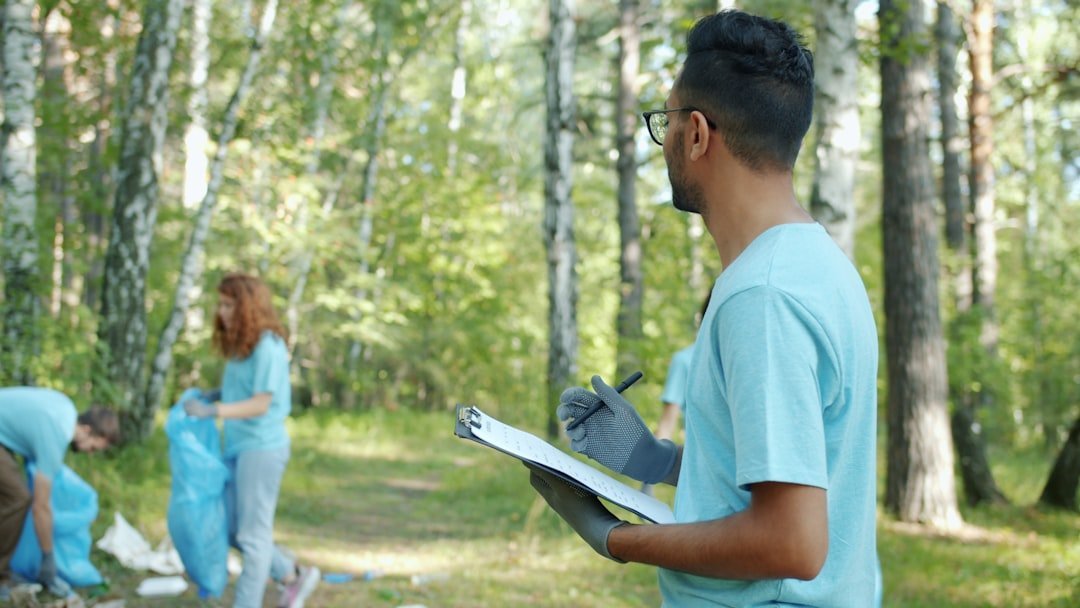
Historically, wildfire created the dense young jack pines this species needs; when we stopped fires, we erased the bird’s life cycle by accident. Managers replaced fire’s role with timber harvest and replanting, arranging plantations so that a portion of the landscape is always in that sweet spot of roughly six to twenty years old. Prescribed burning, strategic clearcutting, and careful spacing mimic the old ecological rhythm. It’s a strangely elegant solution: an endangered bird saved by assembly-line forestry.
Today the toolbox has grown more precise and more nimble. Crews track stand ages and nesting success at fine scales, then accelerate harvests where habitat is aging out and warblers are poised to move in. When numbers wobble, managers recalibrate rotations – cutting earlier in some areas and replanting faster – to reopen the door for nesting. It’s adaptive management in practice, guided by decades of field data and ground-truthing. Fire taught the template; forestry now carries the beat.
By the Numbers
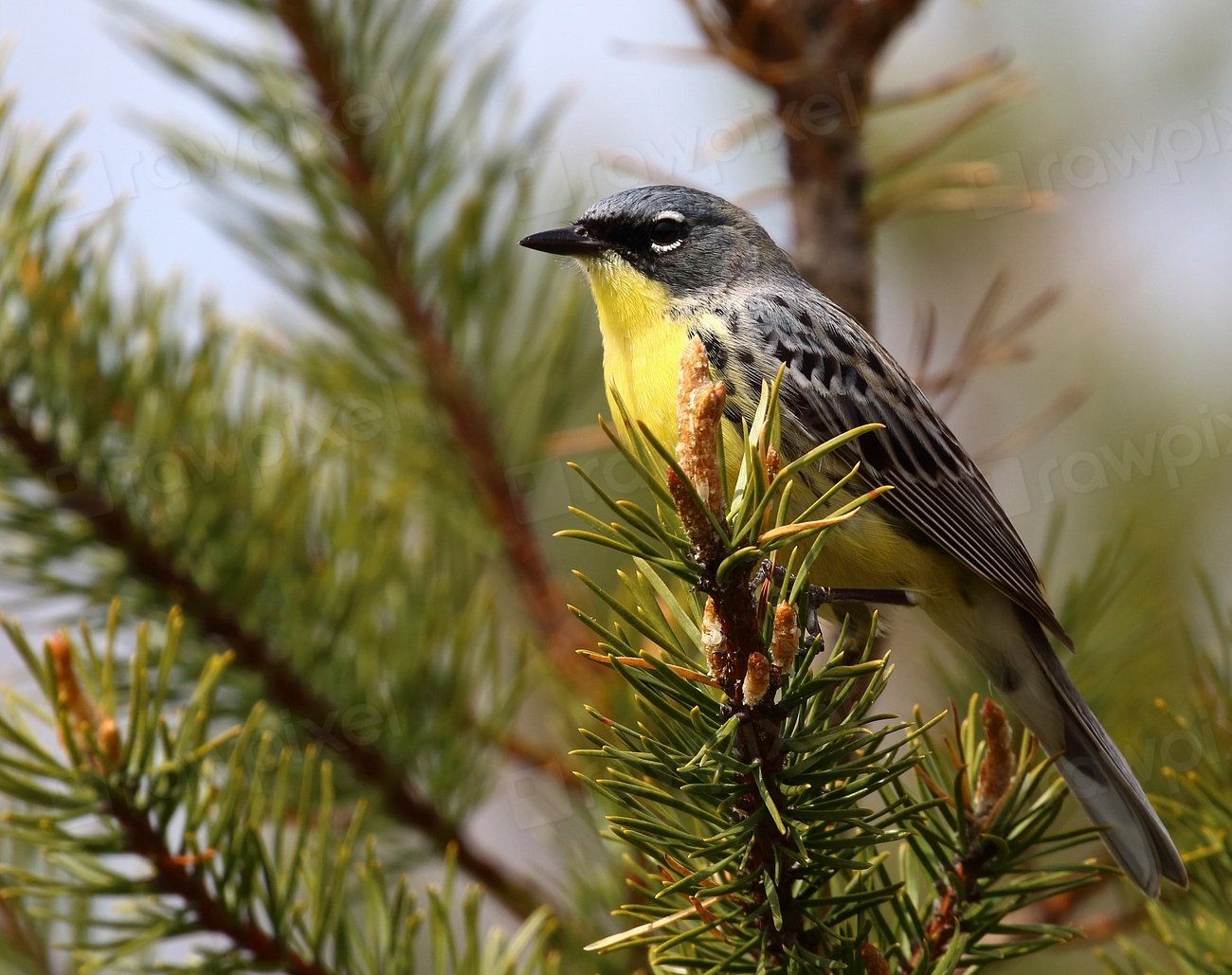
Michigan remains the heart of the species, and the census math underscores it. The 2025 count found approximately 1,477 breeding pairs and a dozen in Wisconsin, with Ontario results still pending – down from over 2,200 pairs reported in 2021. That is a meaningful decline, driven largely by a shortfall in young habitat as many jack pine stands age into the thirty-to-forty-year range, which warblers avoid. Even so, distributional gains are real: dozens of pairs now breed ’s Upper Peninsula, and outlying sites continue to blink on when habitat conditions align.
These tallies are built the old-fashioned way – by listening for singing males and mapping territories – and they’re repeated every few years to track trends. The counts helped detect range re-entries like Manistee, which confirms the species’ willingness to expand with when habitat appears. The dip in 2025 isn’t the end of the story; it’s a feedback signal that managers are already using to reset the rotation clock. In a way, the census has become both scoreboard and steering wheel. The numbers tell us where to push next.
Why It Matters
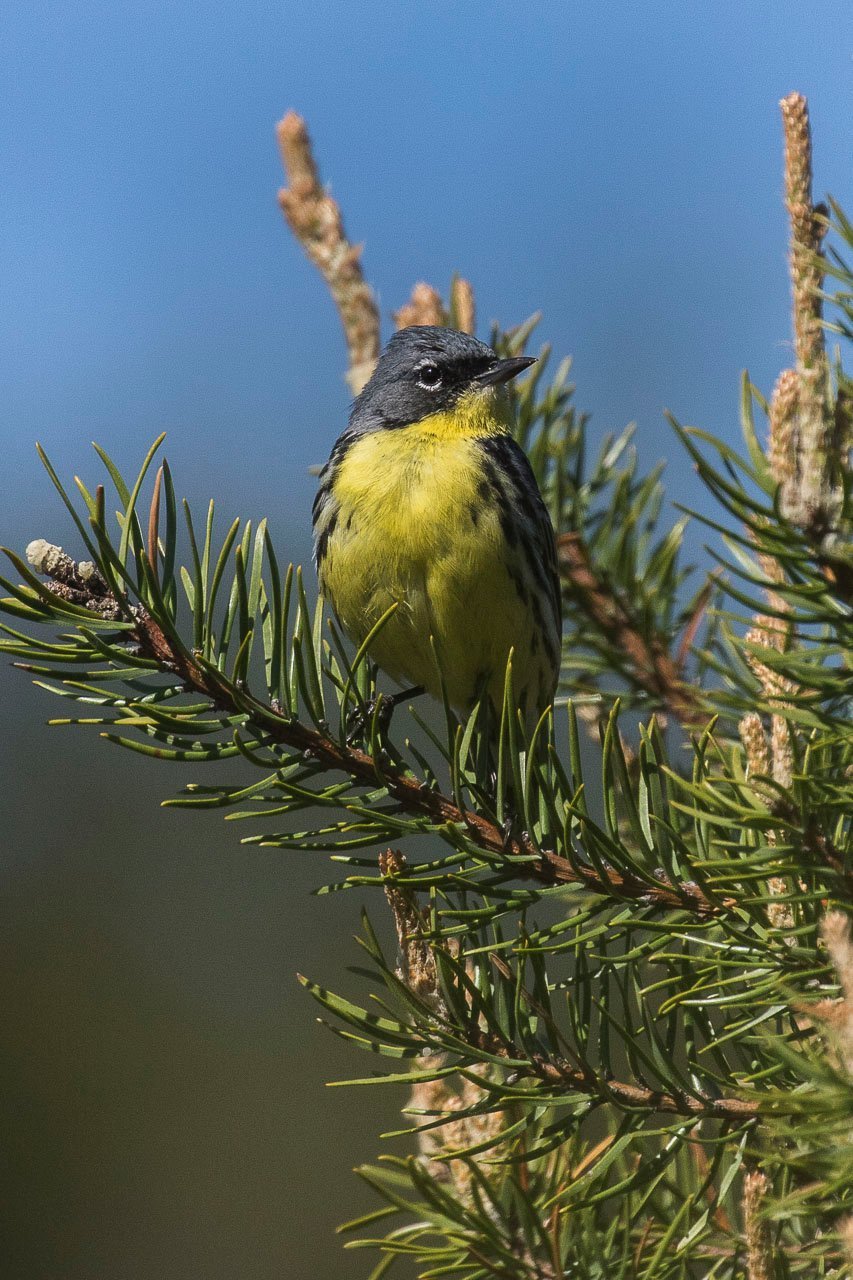
This bird is a living case study in conservation that works, and why “working” must be continuous. Unlike many wildlife recoveries that stall after protections ease, the Kirtland’s warbler shows that long-horizon, ecosystem-scale management can actually expand a species’ footprint while supporting timber jobs and public recreation. Compared with passive approaches that hope for natural regeneration, the active rotation model deliberately engineers the age mosaic warblers need. That means a tighter link between forestry decisions and nesting success than most species ever require.
The payoff extends beyond this one songbird. Jack pine barrens host rare plants, pollinators, and reptiles that benefit from the same disturbance-driven cycle. Keeping habitat young in the right places also helps reduce wildfire risk by managing fuels. In short, each planted row and scheduled harvest is biodiversity policy in motion. When the cycles sync, the entire barrens community wins.
Global Perspectives

For a bird so Michigan-centric, the Kirtland’s warbler lives an international life. It migrates to the Bahamas and nearby islands for winter, where coastal development, storms, and sea-level rise shape the quality of scrub habitats it depends on. That makes Bahamian land-use choices and hurricane seasons part of Michigan’s conservation math. Collaborative research has mapped key winter sites and flagged pressures that can ripple back to nesting seasons.
The takeaway is straightforward: success can be blunted by losses thousands of miles away. Continued cross-border monitoring and habitat protection on the wintering grounds are not optional; they’re structural supports under the recovery. When winter territories hold, spring territories fill. This is a hemispheric species with a local address. Maintaining that dual focus keeps the expansion durable. ([fws.gov](https://www.fws.gov/policy/library/2018/2018-06864.html?utm_source=openai))
The People Behind the Recovery

Behind the scenes, a web of agencies, nonprofits, tribes, private landowners, and volunteers moves in sync every breeding season. The Kirtland’s Warbler Conservation Team coordinates habitat targets, cowbird management decisions, and survey routes, keeping everyone rowing the same direction. That coordination allowed Michigan to exceed recovery goals for years and, more recently, to react quickly when habitat aged out faster than expected. It’s the kind of civic infrastructure you rarely see until a crisis tests it.
When I tag along on counts, the human texture is what lands hardest: local teachers on summer break, foresters swapping stand maps, young biologists listening for a distant song at dawn. Their work is meticulous, repetitive, and quietly hopeful. In a world that often celebrates fast wins, this is the slow craft of stewardship. The warbler’s range has widened in no small part because these people refused to let it narrow
The Future Landscape
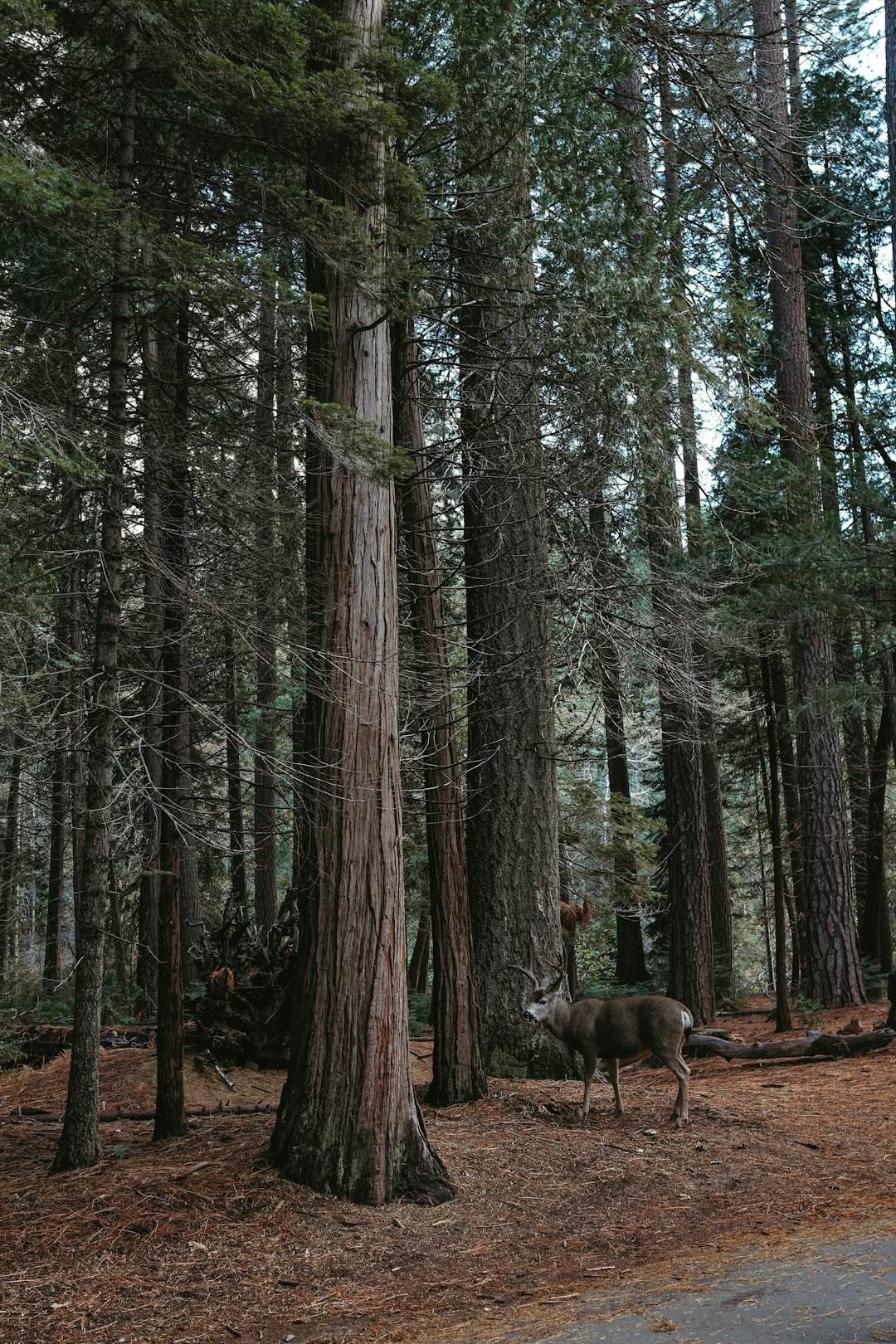
The immediate fix is pragmatic and already underway: accelerate harvests in older jack pine stands, even if the timber isn’t top-dollar yet, then replant to bring more acreage back into the six-to-twenty-year window. Managers are also expanding prescribed burns and refining stand layouts to optimize nest cover while limiting predator access. These adjustments should reopen habitat at the edges where warblers are most likely to expand, reinforcing the geographic gains we’ve seen across Michigan. The next few years may show continued softness in the numbers as the rotation catches up.
Longer term, climate and winter-ground volatility will demand flexibility, from diversifying habitat blocks to smoothing funding so rotations never stall. Post-delisting monitoring remains a cornerstone, ensuring that any slide toward risk triggers action early. If the plan holds, Michigan can keep the species above the thousand-pair threshold while allowing that slow, steady spread into new patches. It’s a realistic path, not a rosy one, and that’s exactly what the bird needs.
How You Can Help

Support for this recovery doesn’t require a biology degree. Visiting jack pine country responsibly – sticking to roads during nesting season, keeping dogs leashed – protects delicate ground nests. Joining local stewardship days helps with planting, invasive control, and fence repairs that keep habitat viable. Donating to regional conservation groups sustains the monitoring that makes adaptive management possible.
If you live nearby, advocate for funding that keeps the habitat rotation on schedule; if you don’t, share the story so others see what determined, science-based conservation can achieve. And if you’re lucky enough to hear that bright song on a June morning, take a quiet minute and listen. Awareness, in this case, truly builds habitat. The next patch the warbler colonizes might be one your voice helped create.

Suhail Ahmed is a passionate digital professional and nature enthusiast with over 8 years of experience in content strategy, SEO, web development, and digital operations. Alongside his freelance journey, Suhail actively contributes to nature and wildlife platforms like Discover Wildlife, where he channels his curiosity for the planet into engaging, educational storytelling.
With a strong background in managing digital ecosystems — from ecommerce stores and WordPress websites to social media and automation — Suhail merges technical precision with creative insight. His content reflects a rare balance: SEO-friendly yet deeply human, data-informed yet emotionally resonant.
Driven by a love for discovery and storytelling, Suhail believes in using digital platforms to amplify causes that matter — especially those protecting Earth’s biodiversity and inspiring sustainable living. Whether he’s managing online projects or crafting wildlife content, his goal remains the same: to inform, inspire, and leave a positive digital footprint.


